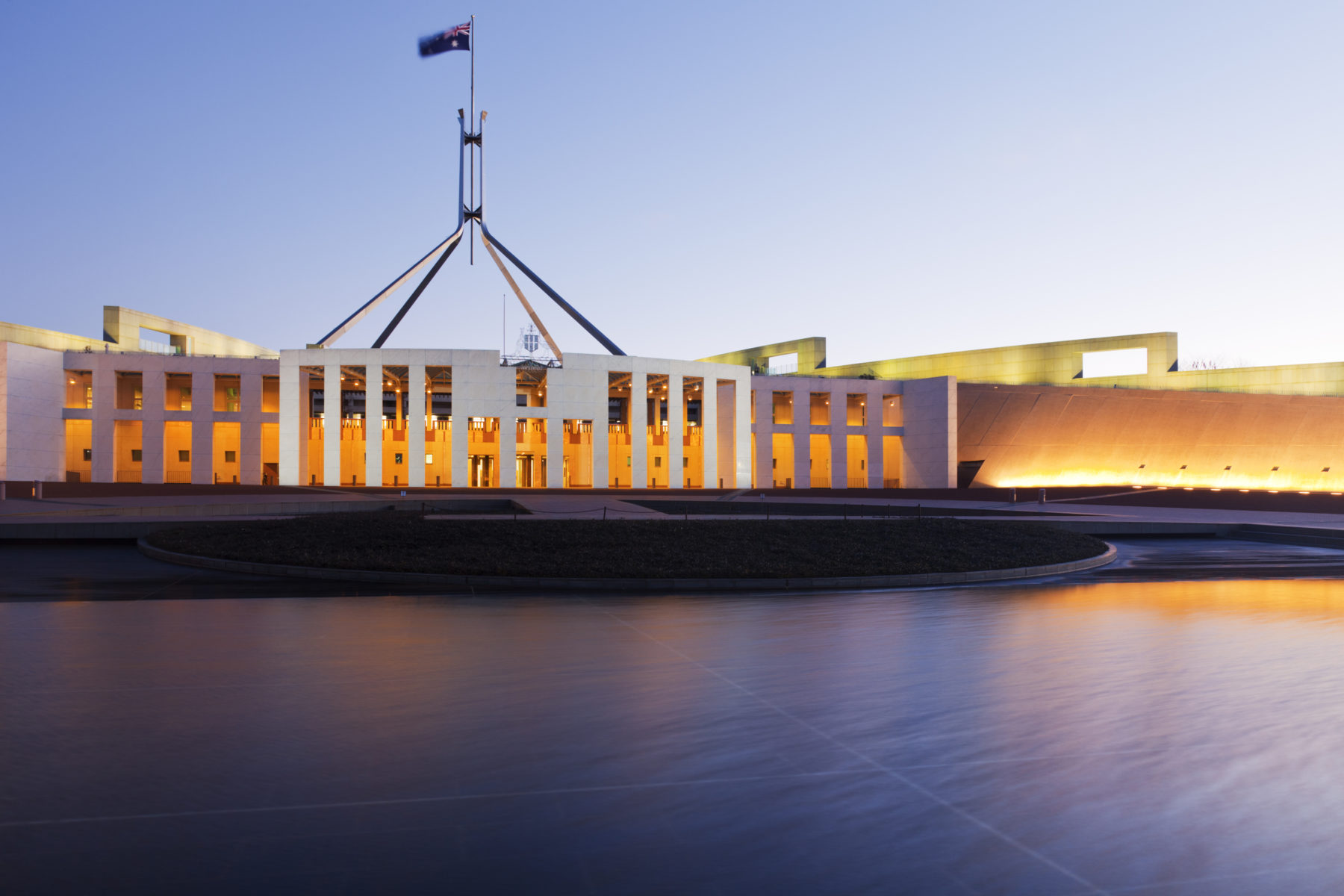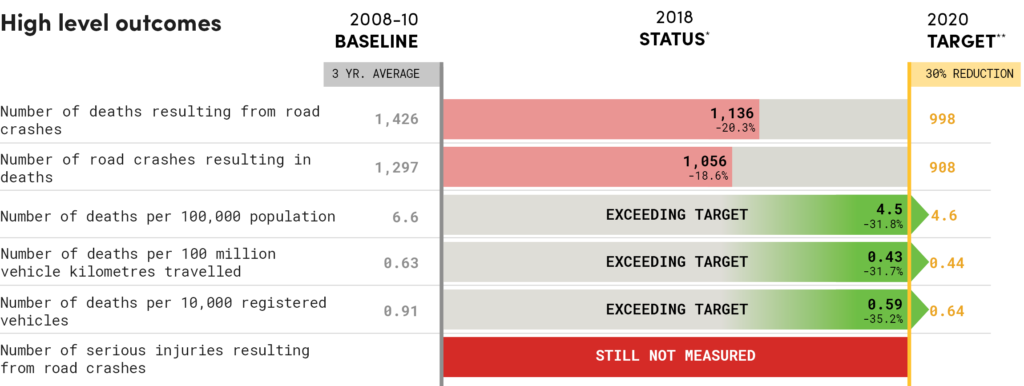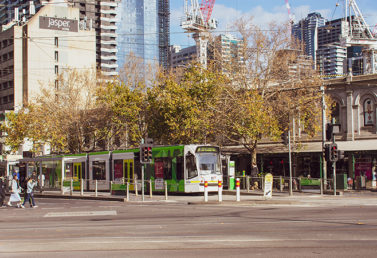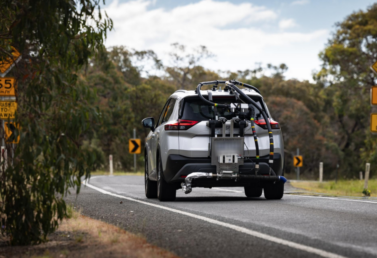It’s high time that road funding was leveraged to improve road safety.

Australia’s peak motoring body wants next month’s federal Budget to start making state and territory governments more accountable, by linking federal infrastructure spending to state reporting obligations.
New analysis by the Australian Automobile Association (AAA) shows almost half of the past decade’s road safety targets, agreed by all Australian governments in 2011, are on track to be missed, with a further quarter of the KPIs either still not being measured or reported, or yet to have a target set.
The AAA’s Managing Director, Michael Bradley, said: “The AAA is always pleased to see record infrastructure spending, but it’s high time that road funding was leveraged to improve road safety.
“This analysis shows Australia’s road safety performance is not improving as planned, and Canberra has a major role in incentivising state governments to measure and report on the commitments they make.
“The 2020 Budget is an opportunity to use infrastructure funding to save both regional jobs and lives on country roads.”

The AAA Budget Submission says the Australian Government should commit $400 million annually to a Regional Road Incentive Fund, which can be accessed only by state and territory governments that meet National Road Safety Strategy reporting commitments.
“The federal government is right to place conditions on the health and education dollars it gives to states and if our road toll is to be reduced, then the same needs to apply to transport spending,” Mr Bradley said. “The COVID-19 pandemic has shown the power of real-time, nationally-consistent data reporting to assess how different polices are working to protect lives.”
The AAA’s annual NRSS Progress Report shows there is still no nationwide measure of how many serious injuries result from road crashes, or the number of crashes where speed was a factor.
The AAA is calling for money from the incentive fund to be earmarked for regional roads, where the fatality rate is almost five times higher than in metropolitan areas.
In 2019, there were 768 fatalities in regional and remote areas and a fatality rate of 10.9 deaths per 100,000 people. There were 419 deaths in metropolitan Australia, with a fatality rate of 2.3 deaths per 100,000 people.
Mr Bradley said politicians needed to remember that motorists were one of few groups who brought their own money to the table during the Budget process.
“Over the next four years, on the most recent Budget forecasts, Australians will pay over $55 billion in fuel excise alone. The Commonwealth will collect more from motorists than it reinvests in land transport infrastructure, which is to be $29.6 billion over the same four-year period,” Mr Bradley said.
Media contact:
Jake Smith
[email protected]
0403 466 153

The latest AAA Transport Affordability Index reveals transport cost rises exceeded the consumer price index not only in the September 2023 quarter but also over the 12 months to the end of September.
read more
Initial results of Australia’s first program to test vehicle real-world performance show the cars tested use up to 13% more fuel on the road than they did in lab tests reported by manufacturers.
read more
The quarterly update of the AAA’s EV Index shows the Australian new vehicle market continuing to change.
read more